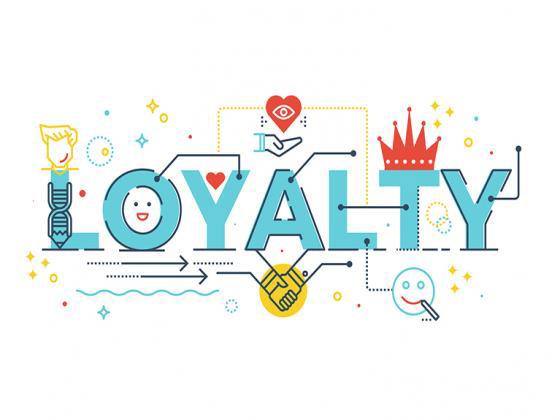Adopting Loyalty 2.0 Strategies in 2024
The loyalty landscape is rapidly evolving.
With loyalty as a core pillar of a customer retention strategy, many retailers have invested heavily in their rewards programs, adding tiers, points, and exclusive offers. However, simply providing “transactional-driven” rewards is no longer enough to capture share of wallet in today's crowded marketplace.
In 2024, forward-thinking brands will start to adopt next-generation “Loyalty 2.0” strategies centered around delivering differentiated value to already-engaged customers. The goal is to strengthen existing customer relationships to drive incremental revenue over time, thus making a loyalty program a revenue generator and not just a cost center.
Loyalty 2.0 represents a shift from strictly transactional “earn and burn” rewards programs, to customer-centric, high-touch relationships that deliver for the bottom line. Brands can deliver their own Loyalty 2.0 program in 2024 by incorporating the following components and principles:
Personalization at Scale
Savvy retailers will leverage data, predictive analytics, and in some cases, AI or machine learning, to offer hyper-relevant recommendations and promotions tailored to each customer. Starbucks has built an enviable 29-million-member-strong loyalty ecosystem that uses predictive algorithms and extensive purchase data to customize offers.
An estimated 53% of Starbucks’ U.S. transactions come from rewards members. Expect more retailers to follow suit in leveraging first-party user data to deliver customized rewards.
Frictionless Experiences & Deeper Customer Relationships
Top brands remove friction from the shopping journey to drive better conversion, better user experiences, and create deeper customer relationships. Retail media networks at leading retailers such as Home Depot, Nordstrom, CVS, and dozens more deliver advertisers a cross-channel opportunity to serve targeted digital ads to high-intent shoppers, or to reiterate brand messaging when customers are already in “shopping mode.”
Retailers themselves can be a buyer on these networks, reaching customers at critical points during their shopping journey with well-designed ads that deliver information to help them make purchase decisions.
Value Beyond Discounts
Forward-thinking advertisers will work with third-parties to deliver non-transactional value and services that improve the customer experience. For example, Capital One allows cardholders to book travel through its Hopper partnership. Chase also provides exclusive entertainment access to customers through its travel site.
The Nuts and Bolts of Loyalty 2.0
In addition to the core components mentioned above, a successful loyalty program featuring the Loyalty 2.0 pillars requires marketing technology to automate/track communications; advertising technology to drive engagement; and upgraded commerce systems to support rewards features.
A loyalty program revamp also requires organizational talent and agile processes to act quickly on data insights. To most effectively achieve Loyalty 2.0 success, BCG recommends retailers invest in their workforces and operational procedures by:
- Assigning the appropriate personnel (such as analysts, product managers, data scientists, and data architects).
- Developing an agile process and operating model that empowers teams to take swift action on insights. This usually requires segmenting the loyalty strategy into phases, emphasizing ongoing cooperation and improvement, and placing a premium on speed and flexibility.
- Brands that make the effort to revamp and modernize their loyalty programs will set themselves apart competitively by surprising and delighting members, driving customer engagement and incremental revenue. With rising consumer expectations around personalization and retailers sitting on more shopper data than ever, it’s high time for loyalty strategies to evolve.
- Rather than competing solely on program mechanics like tiers and points, smart retailers will differentiate by delivering value in other, more innovative ways. The keys are leveraging existing customer data to personalize and contextualize, as well as forging win-win partnerships that improve a customer’s experience.
Companies who embrace this next-generation approach will see their most engaged users reward them with more loyalty, more share of wallet, and ultimately, greater lifetime value.






